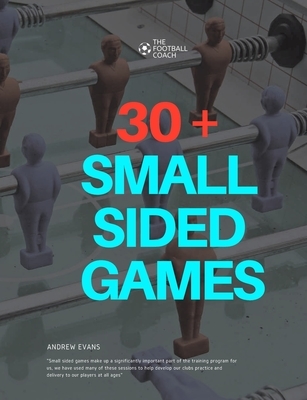
For any coach, Small Sided Games play a key role in the make up of training week. For coaches at youth level, Small Sided Games play a key role in development. As players develop through the development phase and in to the senior phase, Small Sided Games play a key component in a coaches ability to share a philosophy. As well as deliver a technical and tactical training program that can improve individuals. Small Sided Games can also very dramatically to suit a required outcome. These 30 coaching sessions will look to expose coaches and players to a unique set of Small Sided Games that can be instantly used by coaches.
Constraints Based Small Sided Games
Through out this book you will see regular mentions of constraints or adaptations to sessions these constraints can be environmental, individual or maybe even task related. The Constraints are imbedded in to the practice to try and help assist the player in learning the task they are attempting to learn.
Environmental Constraints
Maybe the modification of the playing area or playing numbers to modify the landscape of the game, it is important that this is done with the players at the heart of the decision though to ensure that the learning outcomes are still central.
Task Constraints
May relate more specifically to manipulating the scoring outcomes of a practice to challenge a team to a specific scenario such as beginning a game 2-1 up or 2-1 down and these constraints can add additional challenges to the players and help create a more challenging and beneficial environment.
Individual Constraints
Individual constraints are a great way of developing individuals who may strive within the group personal challenges or modifications to their game practice such as limited touches maybe specifically beneficial to them.
